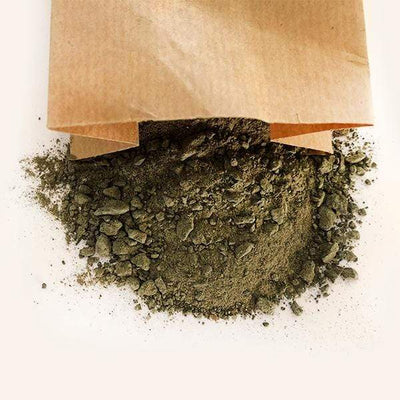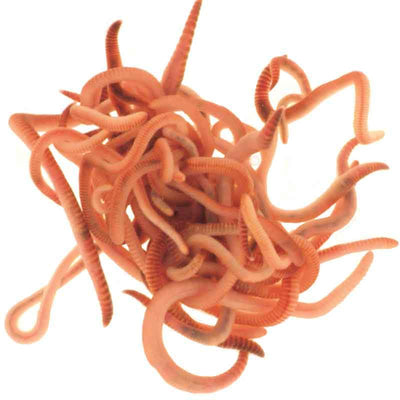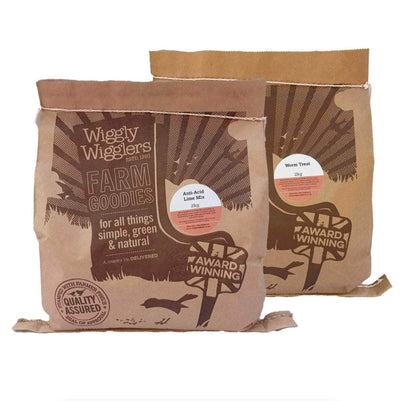Watch the birdy
Attracting wild birds to your garden is both hugely enjoyable and very rewarding. Most people seem to think that they only get a couple of House Sparrows and the odd Starling in their garden. In reality it is likely that far more species visit, but you don't take the time to notice them. Providing some food, water and nesting sites will attract more species, and most importantly it will encourage you to watch out more and learn about your garden wildlife as it changes through the seasons. It also helps wildlife conservation and specifically helps reverse the trend of declining populations of many of our once common birds. Our gardens should be considered a vital component part in a much wider conservation effort.
Declining populations - a fact of life?
It's easy to find a plethora of depressing stories about the decline in population of birds, bees, wildflower meadows, hedgerows, woodland and marshland. If that's not enough then there's melting icefields, global warming and over-population to throw into the mix.
Without doubt a lot of these stories are true and most of these problems are manmade. It's unlikely that any of us can have a major impact in reversing these trends, but we can all do a little to at least lessen some of the effects. You don't need to be an eco-warrior to help, but just take a look at minor changes you can make to ensure your garden is more welcoming to birds. If the birds are happy then it will also mean that you are supporting other wildlife beneath them in the food chain, and sometimes above them in the form of the magnificent Sparrow Hawk (but try not to provide a buffet for next door's moggy!)
Your garden oasis
Birds find gardens more and more attractive as places to feed and nest. From a bird's perspective a group of gardens with trees and shrubs is really just a natural woodland habitat. Larger more open gardens will seem like parkland and vegetable gardens like farmland, so you can see it is very possible to replicate these declining habitats in your own garden.
If you get into the habit of looking after your garden birds then they will soon get to know that your place is THE place to hang-out and have dinner. Their antics will reward you richly.
Below are some tips to help you get the best results.
Offer a wide variety of food
Different birds have very differing diets so use a variety of food and see which are the most popular. Try and use UK grown seed as much as possible to reduce birdfood miles. Some foods like peanuts will have to be grown abroad, but try and always ensure you get a high quality product. Also look for sunflower hearts, niger seed. You can either get them separately or as part of a mix. Suet products (fatballs), and live foods such as mealworms offer the variety that will attract the greatest range of species.
Don't forget that bits of apple and some kitchen scraps finely chopped will also be enjoyed, but stay clear of any foods that are salty as these can cause dehydration.
Different feeders for different birds
Birds are a bit like us in that they have a preferred table in their favourite restaurant. Some like the tits love grappling with hanging feeders and picking the seed through mesh, others like finches prefer a more open table and thrushes prefer to eat their food off the floor (I'm sure we all have a friend who falls into that category!). They may all be eating similar food but need it presented in different ways. Make or buy a range of feeders for best results.
Create a wildlife friendly garden
A garden that is good for wildlife is likely to be a stable ecosystem in its own right. This will encourage a wide range of plants and insects which will form the basis of natural food and shelter for your garden birds. A benefit of this is that a stable, diverse system is unlikely to be over-dominated by any one species or group. In practical terms this means that you should have fewer problems with pest or weed species and be less prone to outbreaks of disease among the plants that you have grown. You don't need to let your garden become wild and overgrown and it will still need managing, so don't look at it as an excuse to avoid gardening chores!
Some things to consider
- A native hedge or dense shrubs provides food, roosting and nesting opportunities.
- Leave a section of lawn un-mowed to allow seed heads to develop.
- Plant nectar rich plants to attract bees and other insects. Lots of modern cultivars don't produce nectar
- Think of trees and shrubs which are 'edible', so those which have berries for birds to eat (cotoneaster, blackthorn, hawthorn, rowan etc.).
- Many flower species can produce lots of seeds like sunflowers. Lots of our native wild flowers can be grown as part of a small meadow in a garden, and many of these provide food and cover for birds.
- Create a 'habitat pile' (a pile of branches, twigs and other garden waste) tucked in a corner of the garden somewhere. insects will live, breed and hibernate in this and provide food for your birds.
- Make fresh water available. This is very important as birds need water for both drinking and bathing. The bathing maintains the insulation qualities of their plumage.
- Putting up different types of nest boxes. There are different types of boxes that are used by different birds. Tits will use boxes with a hole and Robins like open-fronted boxes.
- If you have space a small pond will help complete your ecosystem. Make sure the edges gently slope to allow easy access and exit for any creatures that might venture in.
You don't need to achieve everything in one go. Start off with a few small projects and a couple of feeders and wait for the results. You'll not be disappointed!
David Pitman.






